Growing Up in Plano in the 1950s and 60s
Newer residents of Plano might find it difficult to imagine a teenager hopping on a freight train in Murphy to ride to school in Plano. Or buying groceries and having the clerk put the day’s purchase on your running tab for the month. These are tidbits that probably won’t ever appear in history books, but this is part of our collective past here in Plano, Texas.
A few longtime residents recall their memories of growing up in Plano:
From Becky Armstrong, age 76:
“It was fun living in Plano. We would go to the movie on Saturday afternoon. You could buy a movie ticket, popcorn and a Holiday Sucker for about $1. After the movie, we would go to someone’s house. We would decide which character in the movie we wanted to play, then we would act out the movie.
“Althra Philpott was the switchboard operator at the phone company. There was a phone system where you gave a phone number, and she would connect you to that number. She knew everybody and everything happening in Plano. If we couldn’t find our moms, we would call her and she could usually find them. Our friend, Carol, worked one summer as the phone operator. She would set up a party line for us to talk to each other and make our plans for the day.
“My mother, Mrs. Frank Armstrong, and Mrs. Athello Walker established the first kindergarten in Plano [in the late 1950s]. The school was called Happy Time Kindergarten. They taught only five year olds for half a day. To celebrate Thanksgiving, they always had a Thanksgiving dinner. The children would dress like Pilgrims and Indians.
“We liked to drive around town. We would chip in a dime, nickel or quarter to fill up our friend’s car. We would go to The Hamburger Place to visit, play the juke box and dance. Fun times!”

From Owen Haggard, 73:
“Most of my memories are from high school. The football and track teams would walk to Rice Field [the former football stadium at 18th Street and G Avenue] from the school house. I can remember halftime talks in the three-sided bus barn with a gravel floor. Dust would rise as we wandered in. It was hot the first of the season and cold near the end. Half an orange and a very small cup of honey was our halftime treat. Back in those days, we never got water—only ice. Our track was an oval white rock road that circled the football field and stadium seats. It was about 440 yards around the oval, so that was where we practiced.
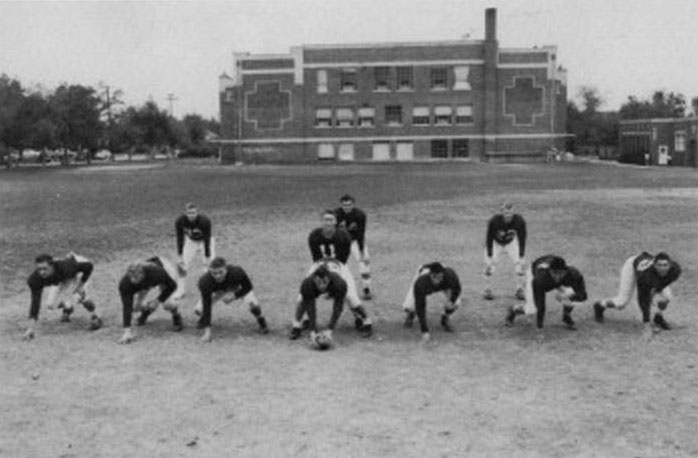
“At night, especially in the summer, all there was to do was ride around town. That really only included going to the Dairy Queen [on K Avenue between 14th and 15th Streets], around a couple of blocks and back to the Dairy Queen to see who was out doing the same thing we were. It was so simple, but at the time we were happy and didn’t know any differently.
“I lived 11 miles from Plano in the country, which is now at the corner of Windhaven and the Dallas North Tollway. I could drive all the way to school on dirt roads. All grades of school were in the same building, known now as The Cox Building.
“I graduated from Plano High School in 1962 in the first class to graduate from the new high school, now known as T.H. Williams High School. It opened at mid-term of my senior year.”

From Mary Ann Turner Moon, 69:
“When my sister, Judy, and I would spend the night with Grandma and Grandpa Turner on Saturday nights, they always went to downtown Plano. Many people from Plano would gather to talk and visit. I don’t remember if shops were open or not; however, at that time, there were two drug stores, two grocery stores and a restaurant that I think were open. Of course, back then, all stores were closed on Sundays, so this was possibly a time they shopped.
“I remember going with my Mawmaw Merriman to get her hair and nails done at the barber shop [now Plano Barbers] which is still open in downtown Plano. The back of the barber shop was where Constance O’Neal had her beauty shop. I remember Mr. Jim Thomas had a shoe shine stand in the barber shop. As a kid, I also remember Mr. Thomas meeting me on the sidewalk and he would always say, ‘Hello, Miss Turner!’
“As a seventh or eighth grade student at Plano High School [currently The Cox Building], a group of kids would walk home from school. Since my mother worked for Dr. George Apple at the time, I would walk with my friends to my grandmother’s house in Southwood Estates [south of the current Williams High School]. As we passed through downtown, we would stop at the drug store and get a Coke or snack before heading home. Many of us lived east of K Avenue at the time. This was such a special time!”
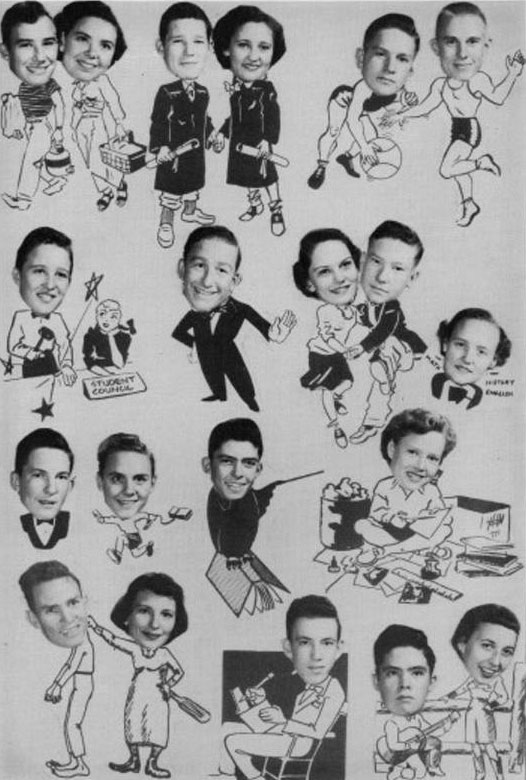
From Betty Strange Prince, 73:
“K Avenue was Highway 75, a two-lane road we traveled north and south. Central Expressway opened about 1960 and became Highway 75. K Avenue then became Highway 5. Preston Road was west, way out in the country. I remember watching Army caravans of camouflaged trucks, Jeeps and tanks on transports rolling through town, traveling to and from Oklahoma and Central Texas.
“There was only one school until about 1953 when Plano Elementary School opened. It is now Mendenhall Elementary. There were 54 students in my graduating class in 1962, and most of us had known each other since first grade.
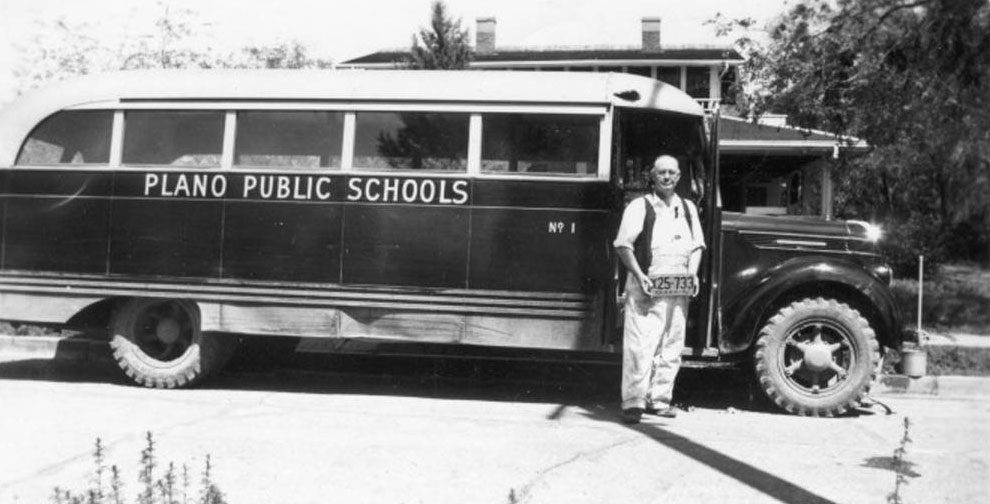
“Growing up, I never had a key to my house and my family never locked the doors. I don’t remember anyone else who did either. When there was a school ballgame, school play, wedding or funeral, it was attended by many people of the community. People were friendly and trusted and supported each other. People knew almost everyone, at least by families. Young people knew that people knew them and their parents, which provided both protection and a sense of responsibility.
“In the early 1900s, my father lived on a farm in Murphy. He went to the Murphy School, but also talked of hopping the freight train to ride into Plano to go to school.
My husband’s mother lived on a farm west of where Plano Senior High School is currently located. She told about her brothers carrying her to the horse-drawn surrey in wet weather so she wouldn’t get her shoes muddy when going to school. The country roads were dirt roads.”

From Ann Harrington, 83:
“My husband, Rob, was elected mayor of Plano at age 31 [in 1964] when the population had grown to 10,000. What is it now, 260,000? We met at Texas Tech in 1952 and married in 1953 at the ages of 19 and 20. In December of 1954, Rob’s brother, Don, was seriously injured in a car wreck. When Rob’s teaching job was over in May of 1955, we came back to Plano so Rob could help with Don and do the farming on the home place on FM 2478 [Custer Road], which was a dirt road. It was beautiful blackland farms as far as one could see!
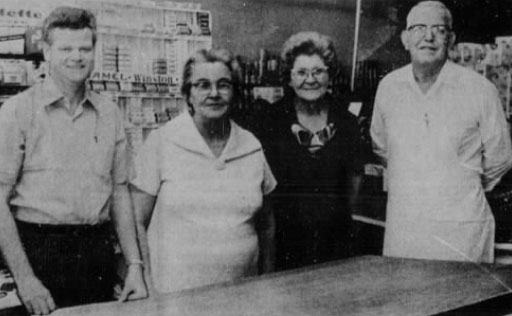
“The population in 1955 was 1,800 nice, friendly folks, and many were related. Very few young adults were here since it was during the Korean War, and many were in the service. Your church was most often the center of your spiritual and social life. I remember one grocery store – Co-Op Grocery Store on J Avenue – where you could ‘run a tab’ and then pay for your groceries at the end of the month. That was before credit cards.
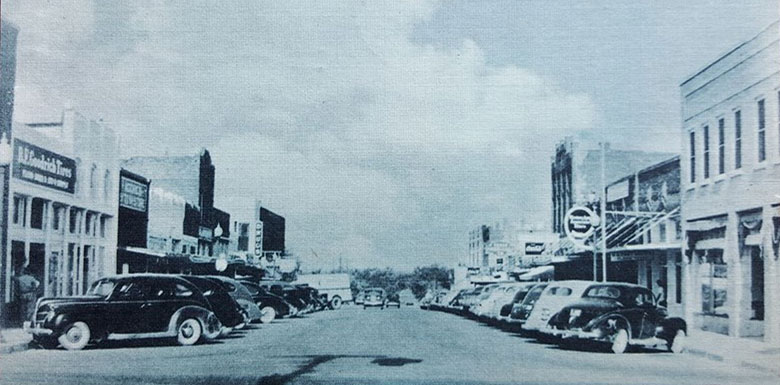
“There was one constable, and most tickets were for running the one stop light in town. There were lots of 42 domino games and a few programs to watch on TV, which was just becoming available. I remember Donna Harrington, Rob’s mother, saying that when she grew up, the farmers had to have a house in town as well as on the farm because the roads became so bad they could not bring their children to school on them. Donna was born in 1900. I have been happy to live in Plano and proud of the town it has become!”
More Plano History >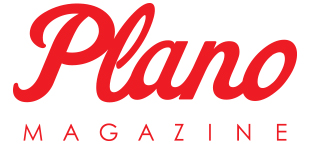
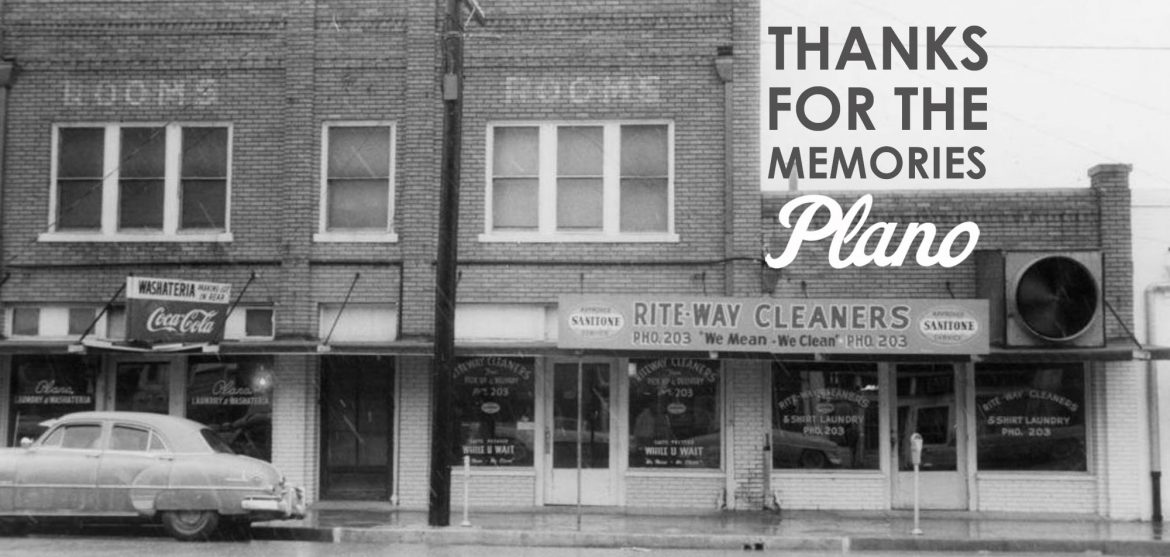
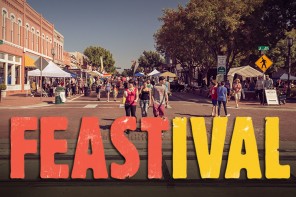
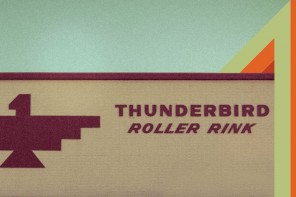
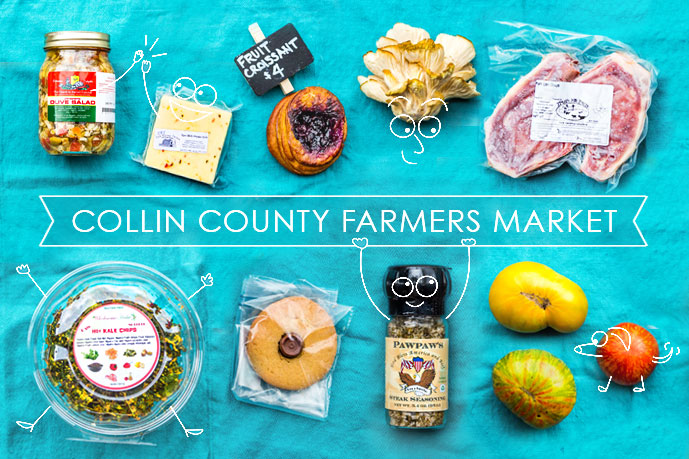
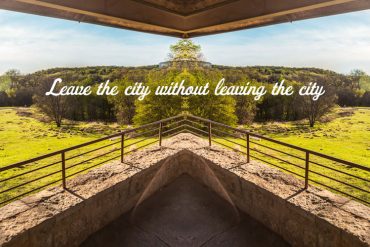
I have heard those stories. Lot of familiar faces and scenes.
Bill Harrington